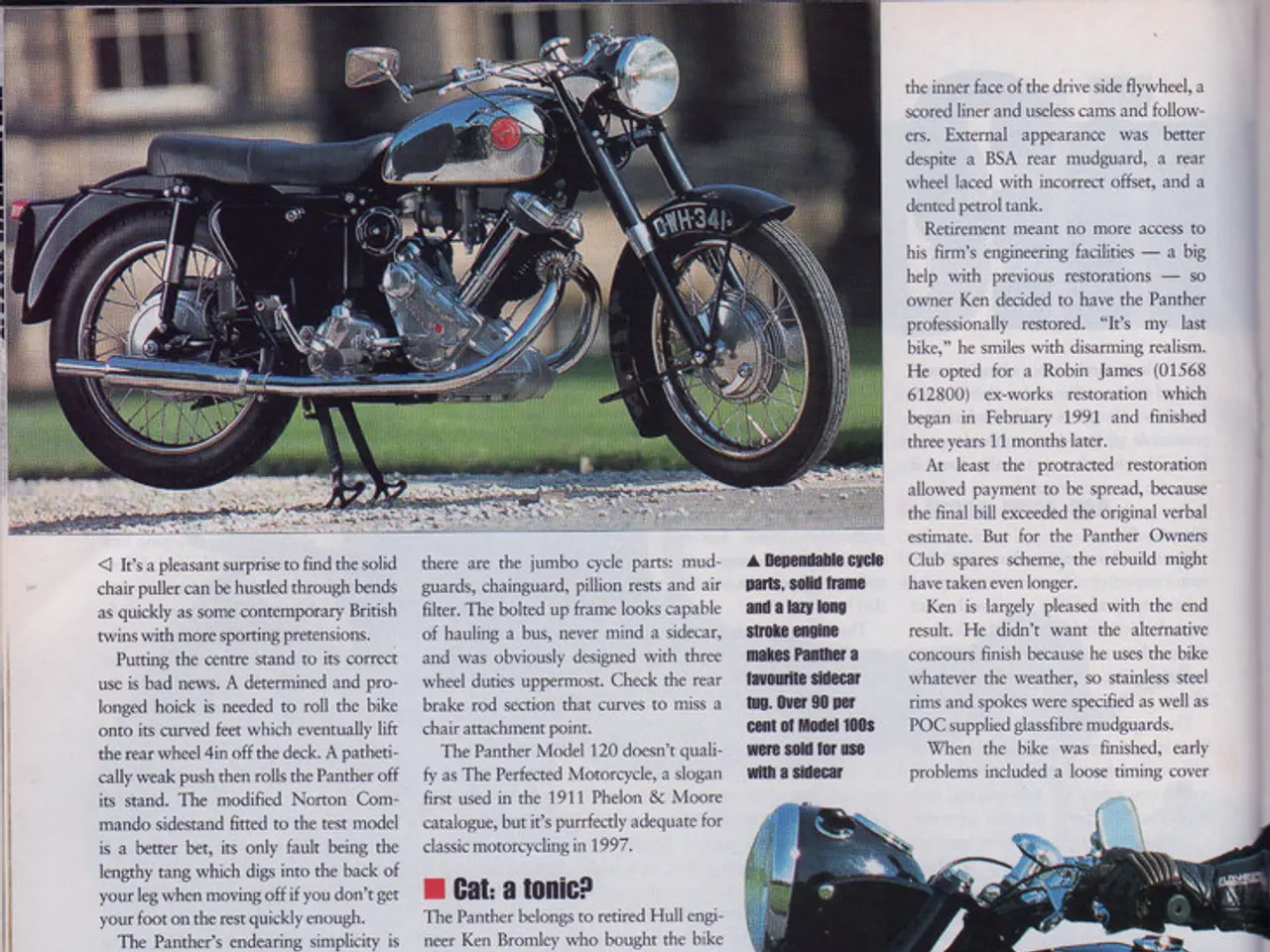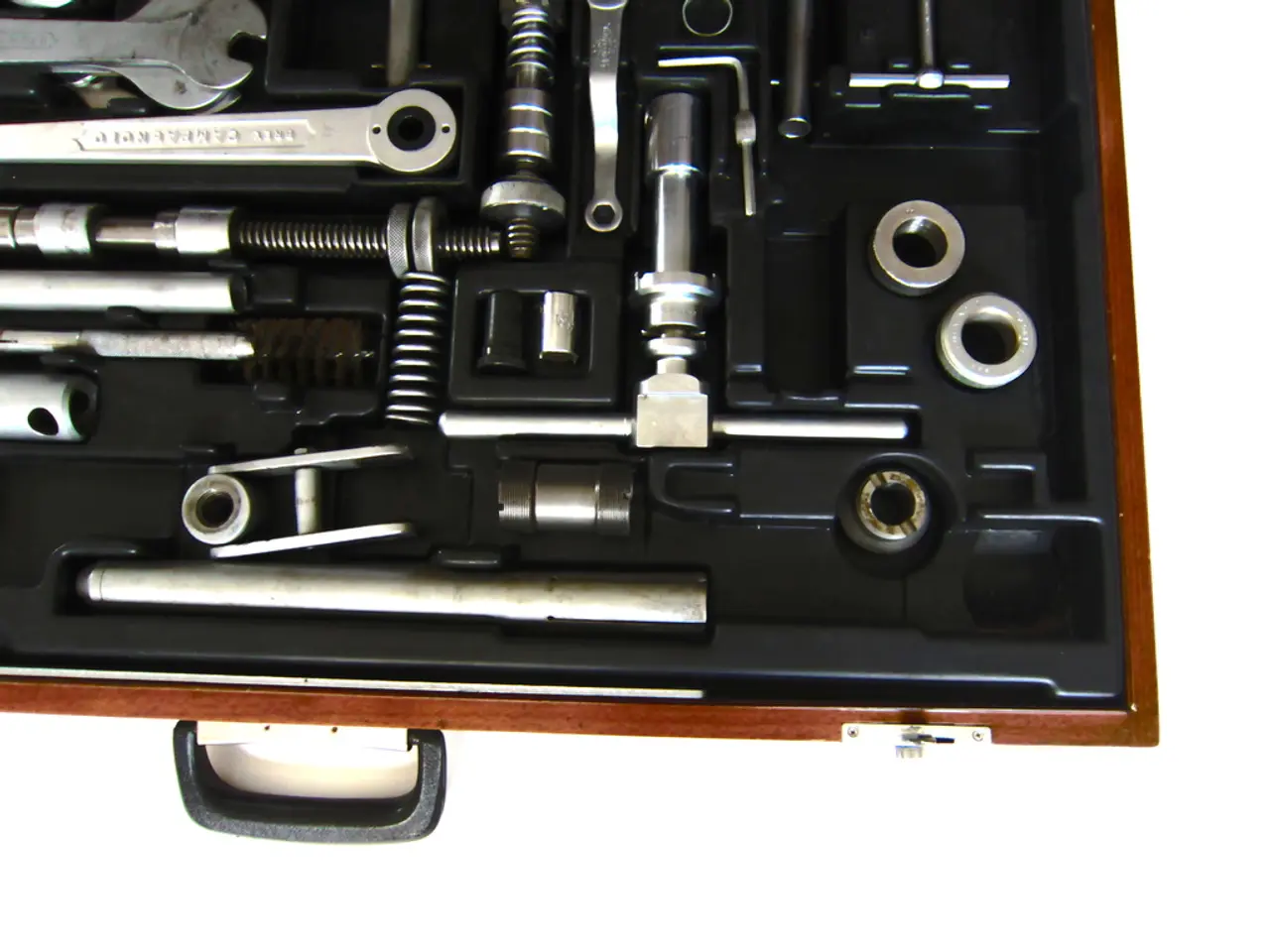World Automotive Industry's Core Architect has Been Revolutionized by This Remarkable Components
In the world of automotive engineering, a seemingly small yet critically important component has played a significant role in shaping the performance and efficiency of modern engines – the roller lifter.
Roller lifters, specifically roller lifters, have revolutionised engine design by reducing friction between the camshaft and lifter. This reduction in friction and heat generation has led to enhanced engine efficiency, performance, and durability.
Their introduction and evolution have allowed for higher engine speeds, improved valve timing accuracy, and reduced wear compared to traditional flat tappet lifters. The key to their success lies in their design – instead of sliding directly on a flat surface, roller lifters use a small wheel or roller at their contact surface with the camshaft lobe. This roller mechanism significantly reduces friction, contributing to a longer lifespan for valvetrain components and permitting more aggressive cam profiles that raise horsepower and torque.
Moreover, hydraulic roller lifters also help maintain "zero" valve lash automatically, minimising valve train noise and wear while improving reliability.
Historically, roller lifters have contributed to notable advances in engine performance. For instance, in Chevrolet’s small-block V8 engines, hydraulic roller lifters helped recover lost horsepower in emissions-restricted eras and facilitated higher acceleration and more power delivery in engines like the LT-1.
As engines evolved to support higher RPMs, valve spring pressures increased, necessitating stricter control for proper air-fuel cycle timing. The advancement of roller lifters extended maintenance intervals, making engine maintenance simpler.
One of the challenges presented by increased valve spring pressures is wear between the lifter and camshaft. However, the innovation of roller lifters eliminated the need for modifying engine oil formulas, offering a promising solution to this issue.
Retrofitting older engines with roller lifters and using specially formulated oils can extend their lifespan. It's worth noting that government regulations on emissions have changed motor oil composition, removing certain zinc additives like ZDDP, which impacted engine component wear.
In summary, roller lifters have been pivotal in the evolution of automotive engines by enabling higher revving, more powerful, and durable engines with quieter operation and greater efficiency. Their impact represents a key development in valvetrain technology, marking a shift from simple flat tappets to sophisticated, low-friction hydraulic rollers optimised for modern performance and emissions demands.
The lifter roller, a crucial, little-known component in modern engine distribution systems, converts the camshaft's rotational movement into linear motion that operates valves through the pushrod and rocker arm. As we continue to push the boundaries of engine performance and emissions standards, the roller lifter will undoubtedly remain a vital component in this ongoing journey of innovation.
Innovation in the automotive industry has been heightened by the integration of roller lifters, specifically in engine design, as they contribute to increased efficiency, performance, and durability through reduced friction and heat generation. The evolution of roller lifters has facilitated higher engine speeds, improved valve timing accuracy, and reduced wear compared to traditional flat tappet lifters, all while maintaining quieter operation. Leveraging technology for improved performance and addressing environmental concerns, roller lifters signify a significant shift towards low-friction, long-lasting solutions in the realm of engine valvetrain technology.




